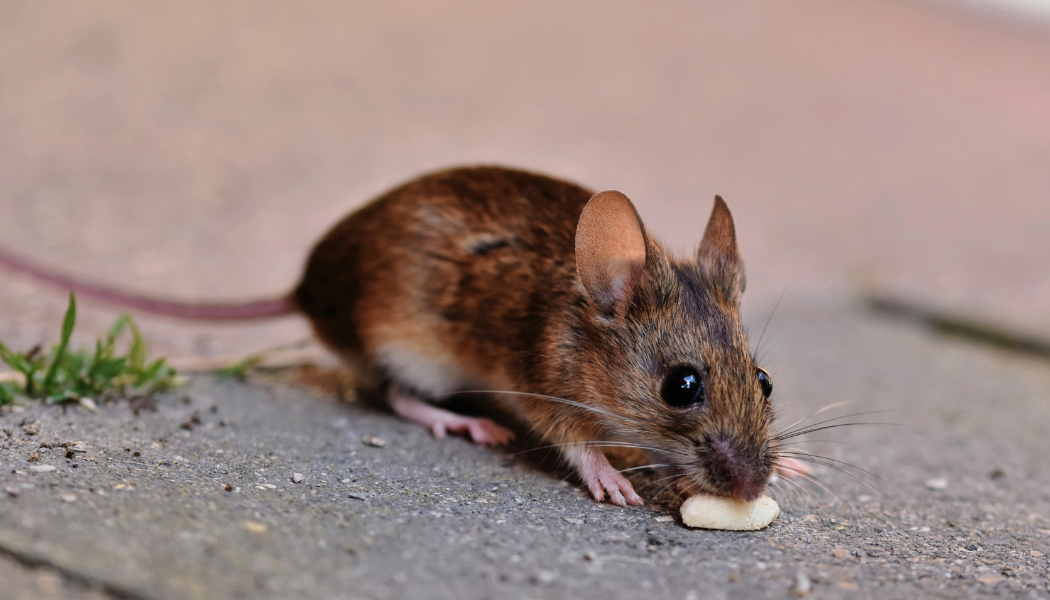Creating a Rodent IPM Plan for Your School

Rats and mice are a common issue in and around schools. They cause damage by chewing, scratching, depositing waste and potentially triggering asthma or transmitting pathogens. Rodents are particularly an issue in the fall when they are searching for a warm place to stay. Rats can squeeze through openings as small as ½ inch, and mice only need ¼ inch (Texas A&M, n.d.). Luckily, schools do not have to rely on pesticides to solve rodent issues. Even if your school has not had a rodent problem before, having an IPM plan in place will be invaluable if an issue arises. Effective IPM plans can be created for a variety of pests.
An IPM plan addresses underlying issues rather than merely treating symptoms. Rodent IPM plans offer long-term strategies for managing and preventing future infestations, minimize risks to non-target animals (rats sometimes move bait), and provide greater cost-effectiveness over time. They can also be tailored to meet the specific needs of your school (PCT, 2024).
First, it is important to find out the causes of the infestation. Why have the rodents moved in? Addressing one item to start, such as food access, will stress the population (PCT, 2024). Determining the species of rodent and the severity of the situation will help you to adapt the plan. The most common species are house mouse, Norway rat and roof rat (UCSF, 2016).
Monitoring
Inspect vulnerable areas often. Just one rodent or evidence of presence is the threshold for acting. If you suspect an infestation, non-toxic monitoring bait blocks in tamper-resistant stations in hidden areas can be used.
Sanitation
Rodents are attracted to easy access to food, water and shelter (typically clutter). According to Texas A&M AgriLife Extension, “The first line of defense against mouse problems should include sealing up entry holes; cleaning up clutter inside classrooms, storage, and other areas; and storing items off the floor to allow proper cleaning and inspection” (Texas A&M, n.d.). It is most important to eliminate food sources. Outdoor trash areas should be kept clean and away from buildings, and trash cans should have tight-fitting lids to prevent food access (IDPH, n.d.). Follow sanitation standard operating procedures. Habitat modification, including fixing leaks, cleaning gutters, cleaning up debris by buildings and trimming plants to expose ground underneath reduces water access, harborage and travel ways.
Exclusion
Rodent exclusion includes correcting maintenance issues such as broken screens and entry holes. Door sweeps should be installed under exterior doors (UCSF, 2016). Metal bands extending two feet below grade can prevent rodents from burrowing under the building (IDPH, n.d.). Inactive burrows should be filled.
Education
Employees should be informed about how they can prevent rodent infestation. Your IPM plan might also include employee training for how to spot signs of rodent activity such as rub marks, scratching, droppings, urine (using a black light) and chewed wires and what to do if these are discovered (PCT, 2024; Texas A&M, n.d.). Rats and mice are usually active at night. Wear proper protective equipment when cleaning up and use approved disinfectants. Do not vacuum rodent droppings.
Illinois Department of Public Health (IDPH). (n.d.). Municipal Rodent Management. Illinois Department of Public Health. https://dph.illinois.gov/topics-services/environmental-health-protection/structural-pest-control/municipal-rodent-management.html
PCT Custom Content Staff. (2024, May 13). The Role IPM Plays in a Rodent Control Program. Pest Control Technology (PCT). https://www.pctonline.com/news/rodent-ipm-role-successful-program/
Texas A&M. (n.d.). IPM Action Plan for Rodents | School Integrated Pest Management. Texas A&M AgriLife Extension. https://schoolipm.tamu.edu/forms/pest-management-plans/ipm-action-plan-for-rodents/
UCSF California Childcare Health Program. (2016). INTEGRATED PEST MANAGEMENT: RATS AND MICE. California Childcare Health Program. https://cchp.ucsf.edu/sites/g/files/tkssra181/f/RatsMice_FCCH_IPM.pdf